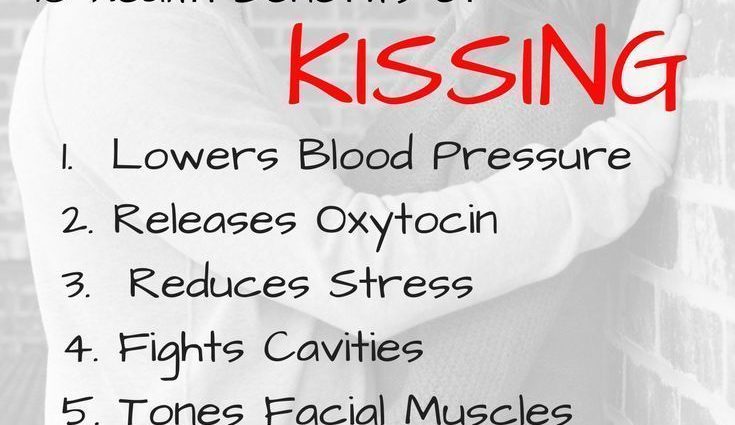Contents
Kissing is not only pleasant, but also useful – scientists came to this conclusion after conducting exclusively scientific experiments. On Valentine’s Day, biopsychologist Sebastian Ocklenburg comments on research findings and shares interesting facts about kissing.
Valentine’s Day is the perfect time to talk about kissing. Romance is romance, but what do scientists think of this kind of contact? Biopsychologist Sebastian Ocklenburg believes that science is just beginning to seriously explore this issue. However, scientists have already managed to discover several interesting features.
1. Most of us turn our heads to the right for a kiss.
Have you ever paid attention to which way you turn your head when kissing? It turns out that each of us has a preferred option and we rarely turn the other way.
In 2003, psychologists observed kissing couples in public places: at international airports, at major railway stations, beaches and parks in the United States, Germany and Turkey. It turned out that 64,5% of couples turned their heads to the right, and 35,5% to the left.
The expert recalls that many newborns show a tendency to turn their heads to the right when they are placed on their mother’s stomach, so this habit most likely comes from childhood.
2. Music affects how the brain perceives a kiss
The kiss scene with beautiful music has become a classic of the genre in world cinema for a reason. It turns out that in real life, music “decides”. Most know from experience how the “right” song can create a romantic moment, and the “wrong” one can ruin everything.
A recent study at the University of Berlin showed that music can influence how the brain “processes” a kiss. Each participant’s brain was scanned in an MRI scanner while watching kissing scenes from romantic comedies. At the same time, some of the participants put on a sad melody, some – a cheerful one, the rest did without music.
It turned out that when watching scenes without music, only areas of the brain responsible for visual perception (occipital cortex) and emotion processing (amygdala and prefrontal cortex) were activated. When listening to cheerful music, additional stimulation occurred: the frontal lobes were also activated. Emotions were integrated and lived more vividly.
What’s more, both happy and sad music changed the way brain regions interacted with each other, resulting in different emotional experiences for the participants. “So, if you are preparing to kiss someone on Valentine’s Day, take care of the soundtrack in advance,” advises Sebastian Ocklenburg.
3. More kisses, less stress
A 2009 study at the University of Arizona compared two groups of couples in terms of stress levels, relationship satisfaction, and health status. In one group, couples were instructed to kiss more often for six weeks. The other group received no such instructions. Six weeks later, the scientists tested the participants in the experiment using psychological tests, and also took their blood for analysis.
Partners who kissed more often said they were now more satisfied with their relationship and experienced less stress. And not only did their subjective feeling improve: it turned out that they had lower levels of total cholesterol, which indicates the health benefits of kissing.
Science confirms that they are not only pleasant, but also useful, which means that you should not forget about them, even if the candy-bouquet period has already ended and the relationship has moved to a new level. And definitely for kisses with those we love, not only February 14, but all other days of the year will do.
About the Expert: Sebastian Ocklenburg is a biopsychologist.











Hauwa u